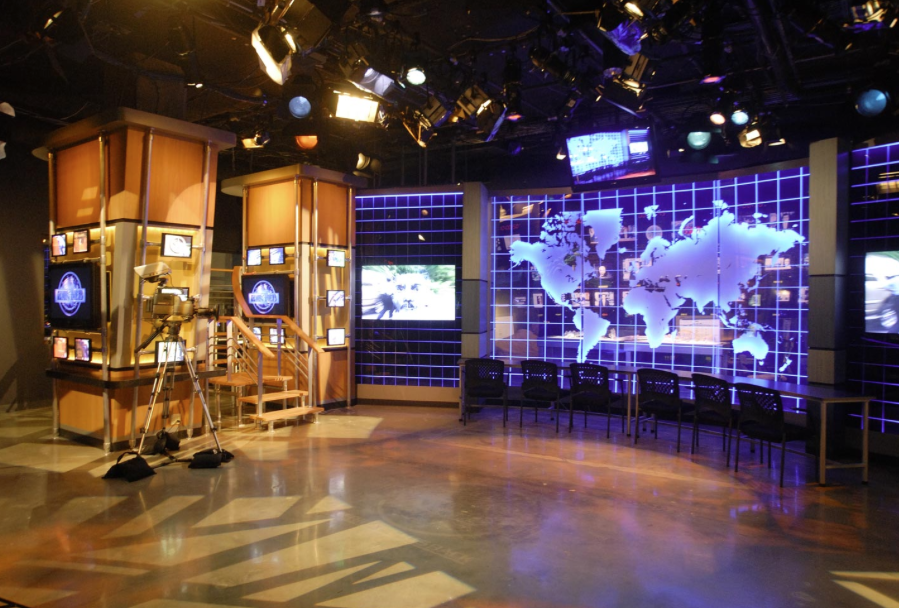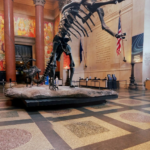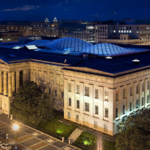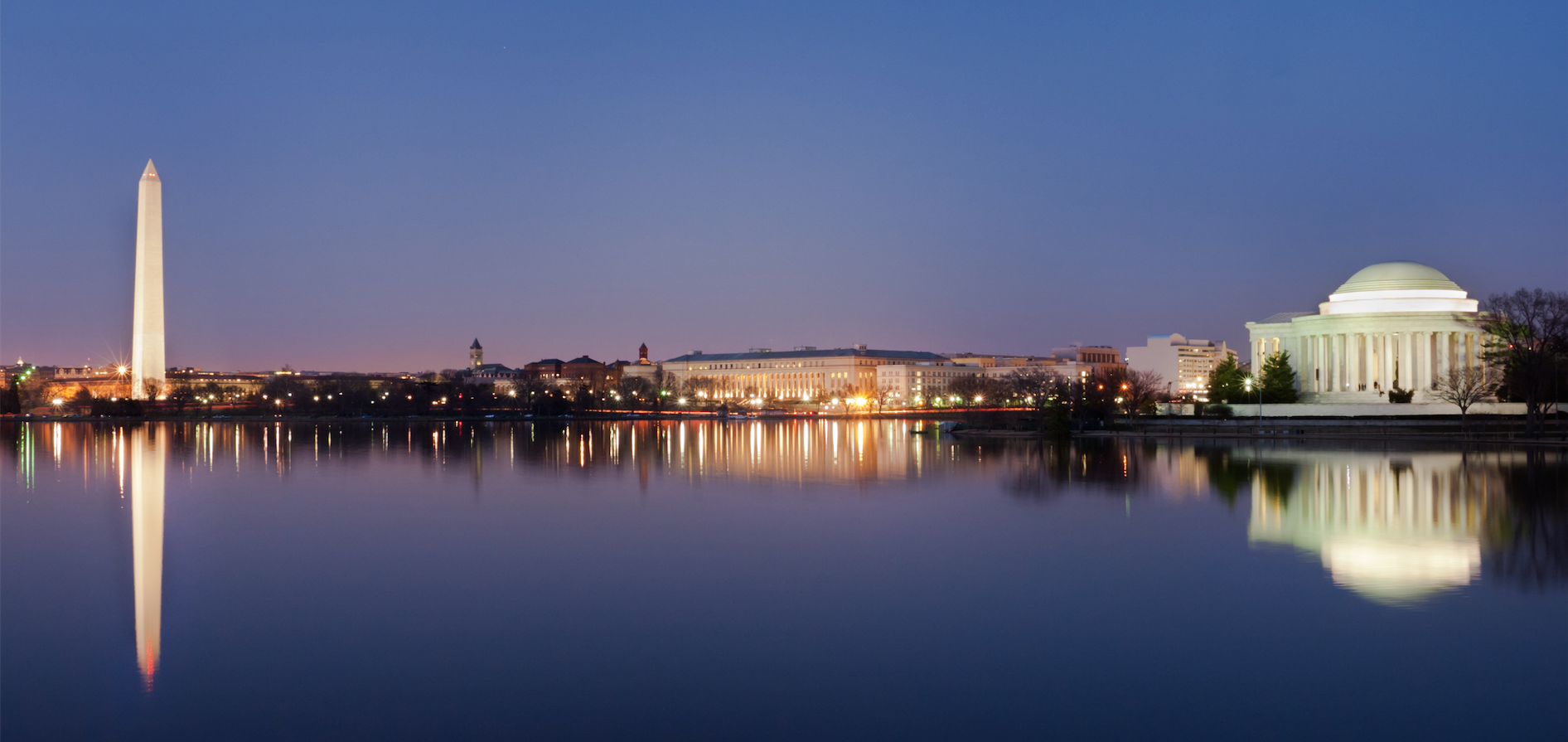

Attractions
Martin Luther King, Jr. Memorial
The monumental memorial is located at the northwest corner of the Tidal Basin near the Franklin Delano Roosevelt Memorial, on a sightline linking the Lincoln Memorial to the northwest and the Jefferson Memorial to the southeast. The memorial opened to the public on August 22, 2011, after more than two decades of planning, fund-raising and construction.
Martin Luther King, Jr. (January 15, 1929 – April 4, 1968) was an American clergyman, activist, and prominent leader in the African-American Civil Rights Movement. He is best known for being an iconic figure in the advancement of civil rights in the United States and around the world, using nonviolent methods following the teachings of Mahatma Gandhi. King is often presented as a heroic leader in the history of modern American liberalism.
Delivering the “I Have a Dream” speech at the 1963 Washington D.C. Civil Rights March.
A Baptist minister, King became a civil rights activist early in his career.[13] He led the 1955 Montgomery Bus Boycott and helped found the Southern Christian Leadership Conference in 1957, serving as its first president. King’s efforts led to the 1963 March on Washington, where King delivered his “I Have a Dream” speech. There, he expanded American values to include the vision of a color blind society, and established his reputation as one of the greatest orators in American history.
In 1964, King became the youngest person to receive the Nobel Peace Prize for his work to end racial segregation and racial discrimination through civil disobedience and other nonviolent means. By the time of his death in 1968, he had refocused his efforts on ending poverty and stopping the Vietnam War.
King was assassinated on April 4, 1968, in Memphis, Tennessee. His assassination led to a nationwide wave of race riots in Washington D.C., Chicago, Baltimore, Louisville, Kentucky, Kansas City, and dozens of other cities. He was posthumously awarded the Presidential Medal of Freedom in 1977 and Congressional Gold Medal in 2004; Martin Luther King, Jr. Day was established as a U.S. federal holiday in 1986, and was first observed in all states in 2000. Read More
Washington Monument
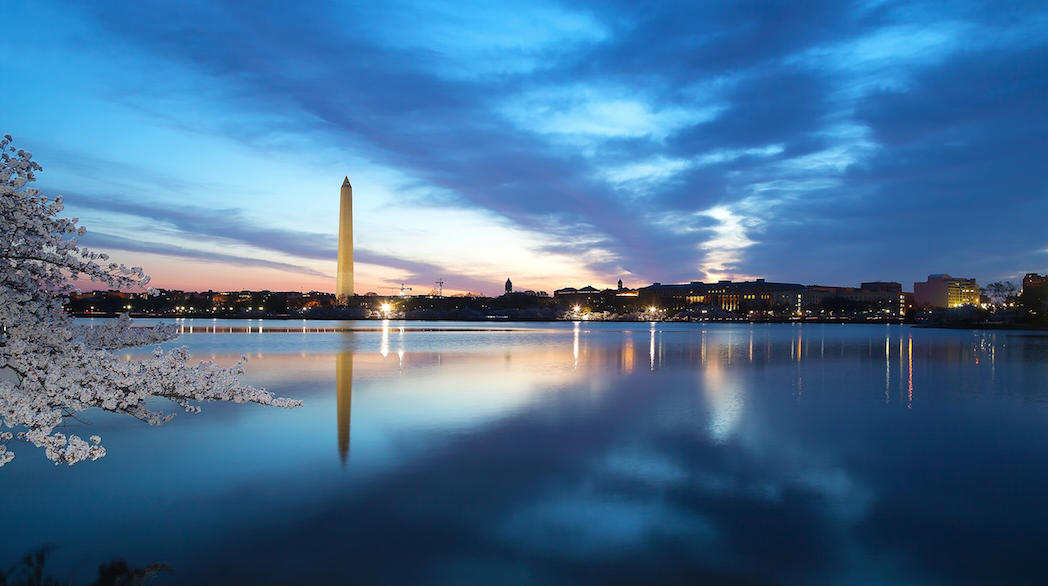
The Washington Monument is the most prominent structure in Washington, D.C. and one of the city’s early attractions. It was built in honor of George Washington, who led the country to independence and then became its first President. The Monument is shaped like an Egyptian obelisk, stands 555′ 5 1/8″ tall, and offers views in excess of thirty miles, it has 897 steps in the stairwell and a elevator was install in 1998, the travel time to the top 70 seconds. The monument was finished on December 6, 1884. It is an obelisk near the west end of the National Mall.
Lincoln Memorial
The Lincoln Memorial occupies a prominent space on the National Mall in Washington, DC and is a tribute to President Abraham Lincoln, who fought to preserve our nation during the Civil War. The Lincoln Memorial stands at the west end of the National Mall as a neoclassical monument to the 16th President. The memorial, designed by Henry Bacon, after ancient Greek temples, stands 190 feet long, 119 feet wide, and almost 100 feet high. It is surrounded by a peristyle of 38 fluted Doric columns, one for each of the thirty six states in the Union at the time of Lincoln’s death, and two columns in-antis at the entrance behind the colonnade. The north and south side chambers contain carved inscriptions of Lincoln’s Second Inaugural Address and his Gettysburg Address. Lying between the north and south chambers is the central hall containing the solitary figure of Lincoln sitting in contemplation. The statue was carved in four years by the Piccirilli brothers under the supervision of the sculptor, Daniel Chester French. The statue of Lincoln is 19 feet high and weighs 175 tons. The original plan was for the statue to be only ten feet high, but this was changed so that the figure of Lincoln would not be dwarfed by the size of the chamber. A commission to plan a monument was first proposed in 1867, shortly after Lincoln’s death. The design for that plan called for six equestrian and 31 pedestrian statues of colossal size, with a 12-foot statue of Lincoln in the center. That project was never started for lack of funds. Learn More or Take the Virtual Tour.
National Guard Memorial Museum
The National Guard’s rich history is that of dynamic change and continual evolution. For nearly four centuries, Guardsmen from all walks of life have answered the Nation’s call in both peace and war.
As the country’s national museum dedicated to the history of this dynamic organization, the National Guard Memorial Museum takes visitors through 5,600 square feet of images, artifacts and interactive exhibits to tell the story of ordinary men and women who made extraordinary contributions to their communities and their country.
Six core exhibit areas immerse visitors in the Guard of yesterday and today. From colonial times, through the World Wars, to the modern era – timelines, photographs, artifacts, light and sound place visitors in the context of the day while enabling them to interact with exhibits. The museum covers the early Militia Era, the National Guard coming of age, World War II, the Cold War, and the current military and civil missions performed by the modern National Guard.
The National Guard Memorial Museum Mission:
For nearly four centuries, the Citizen Soldier has been our nation’s first response to foreign invasion or natural disaster. From the first organized militia regiments founded in 1636 to the present day, the National Guard Memorial Museum tells the National Guard story.
Through exhibits, educational programming and community outreach, the Museum’s mission is to broaden awareness of the National Guard as an integral part of American society.
National Crime & Punishment Museum
A Notorious History of Crime
From medieval knights and greed-driven pirates to today’s white collar criminals, discover the cast of characters in America’s history of crime. Test your Wild West shooting skills, crack a safe, and try to hack into a computer.
Punishment: The Consequence of Crime
This full-scale model police station proves that crime doesn’t pay, with a booking station, police line-up, lie detector test, and replica jail cell. You will also find the ultimate instruments of punishment, including an electric chair and lethal injection machine.
Crime Fighting
Discover the everyday heroes of law enforcement and the training, equipment and technology they use to keep our world as safe as possible. Experience the exhilaration of high-speed police chase simulators and an FBI shooting range.
Crime Scene Investigation
Find yourself in the middle of a fully intact crime scene with fresh evidence. Begin your investigation, using such forensic science techniques as fingerprinting, ballistics, and DNA testing to solve the crime. Learn about famous cold cases and crime in the media.
America’s Most Wanted Studio
Walk onto the actual television set of America’s Most Wanted with host John Walsh and see how community involvement in fighting crime has led to dramatic results, with more than 1,000 fugitives captured. Free child safety initiatives for patrons include a fingerprint station.
Smithsonian National Postal Museum

The Smithsonian National Postal Museum is located on the lower level of the historic City Post Office Building, which was constructed in 1914 and served as the Washington, D.C., post office from 1914 through 1986. The Museum occupies 75,000 square feet of the building with 23,000 square feet devoted to exhibition space. The Museum also houses a 6,000-square-foot research library, a stamp store and a museum shop.
The Smithsonian’s National Postal Museum is dedicated to the preservation, study and presentation of postal history and philately. The museum uses exhibits, educational public programs and research to make this rich history available to scholars, philatelists, collectors and visitors from around the world.
Visitors enter the Museum through the lobby of the building and proceed to escalators that transport them down to the floor level of the Museum’s 90-foot-high atrium. The atrium, which features three suspended airmail planes, is one of five exhibit galleries that tells the story of postal history in America.
The National Philatelic Collection was established at the Smithsonian in 1886 with the donation of a sheet of 10-cent Confederate postage stamps. Generous gifts from individuals and foreign governments, transfers from government agencies and occasional purchases have increased the collection to today’s total of more than 5.9 million items.
From 1908 until 1963, the collection was housed in the Smithsonian’s Arts and Industries Building on the National Mall. In 1964, the collection was moved to the museum that is now known as the National Museum of American History. There, the collection expanded to include postal history and stamp production. The collection was then moved to its present location and the National Postal Museum opened on July 30, 1993.
In addition to one of the world’s largest collections of stamps and philatelic materials, the National Postal Museum has postal history material that pre-dates stamps, vehicles used to transport the mail, mailboxes and mailbags, postal uniforms and equipment.
Museum and Exhibition Design
The National Postal Museum’s award winning public spaces, shops and support facilities were designed by the Washington, D.C. firm of Florance Eichbaum Esocoff King Architects.
The Museum’s galleries and inaugural exhibitions were designed by Miles Fridberg Molinaroli, Inc. with Bowie Gridley Architects. Support for exhibit fabrication was provided by the Smithsonian’s Office of Exhibits Central, the National Museum of American History’s Department of Exhibits and the National Air and Space Museum.
National Postal Museum Funding
The National Postal Museum opened on July 30, 1993. It was created on November 6, 1990 in a joint agreement between the Smithsonian Institution and the United States Postal Service.
The National Postal Museum receives funding through three primary sources: the United States Postal Service, the Smithsonian Institution’s annual federal appropriation, and gifts from private individuals, foundations, and corporations.
Without the substantial support of the United States Postal Service the National Postal Museum would be unable to create exhibitions, conduct scholarly research, or produce exciting public and educational programs. Each year, the United States Postal Service provides the majority of the Museum’s total operating budget. Learn More.
National Law Enforcement Officers Memorial
Founded in 1984, the National Law Enforcement Officers Memorial Fund is dedicated to honoring and remembering the service and sacrifice of law enforcement officers killed in the line of duty in the United States.
The mission of the National Law Enforcement Officers Memorial Fund is to generate increased public support for the law enforcement profession by permanently recording and appropriately commemorating the service and sacrifice of law enforcement officers; and to provide information that will help promote law enforcement safety.
The Memorial Fund has launched a campaign to build the first-ever National Law Enforcement Museum, adjacent to the Memorial in Washington, DC. Scheduled to open in 2013, the Museum will tell the story of American law enforcement through exhibits, collections, research and education.
The Memorial Fund is governed by a Board of Directors representing 16 of the most prestigious law enforcement organizations in the country. Led by Chairman and Chief Executive Officer Craig W. Floyd, Memorial Fund staff members bring diverse backgrounds and skills to the organization’s mission. The Memorial Fund does not receive taxpayer dollars for its day-to-day operations, but relies on the generous contributions of the public.




